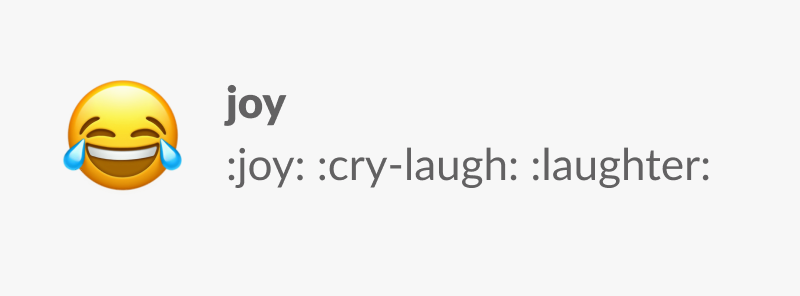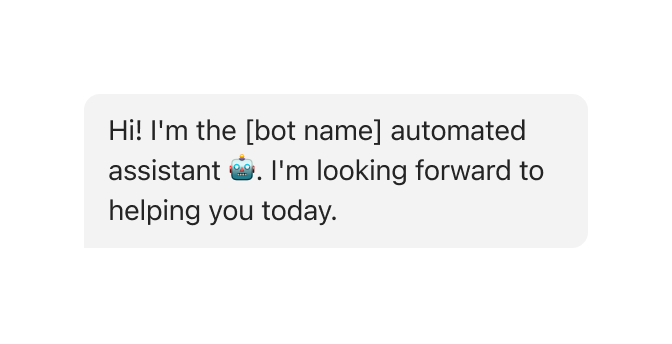Accessibility and Inclusion
Guidelines
Make sure your text is inclusive-both in the words you choose but also for all customers, such as those who use screen readers.
Emoji
Use emoji strategically as they can mean different things to different groups. They can also render on devices in different ways depending on the manufacturer.
Screen readers
By default screen readers read the emoji alt text option in line with other text, so be careful about which emoji to use and where they’re placed. Placing an emoji at the beginning of a sentence will result in a person who is blind or has low vision having to wait longer to hear the core message content, which can be disruptive and confusing.
Additionally, if there is more than one name (aka alias) for an emoji, the screen reader will only read the first alt text option.
For example, the laughing with tears emoji–😂–may have multiple aliases, like “joy”, “cry-laugh” or “laughter”, either because a person gave the emoji a custom name, or because there are different emoji-naming systems in use worldwide. The name read aloud by a screen reader may depend on a variety of factors.

Hand gesture emoji
Bots using hand gestures may seem like the bot is trying too much to be human, which can cause feelings of unease towards a bot. We advise against using emoji with hand gestures or human body parts to avoid the uncanny valley.
Recommendations
- Use emoji sparingly to emphasize enthusiasm or to call the user’s attention.
- Place emoji at the end of phrases rather than the beginning, and before punctuation if used.
- Use one emoji max per bot message.
- Only use emoji in every other bot message (max).
- Avoid emoji with hand gestures or human body parts.
Slang
Have fun with conversation flow and diction, but make sure not to appropriate. While it's important to demonstrate enthusiasm with building your bot and to ensure it connects with users universally, it's equally important to avoid using colloquialisms that are heavily associated with or come from a particular region or social group.


Languages Other Than English
Keep local regulations in mind.
For example, companies based in different parts of Canada handle language preference in different ways.
- A Quebec-based organization will follow Quebec language laws and lead with French but then offer English: “Comment puis-je vous aider? For English, press 1”;
- Whereas outside of Quebec, the bot will ask for the preferred language first.
Some channels automatically handle this for you. For example, using an IP address to identify location, and then delivering a language-specific page assigned to that location.